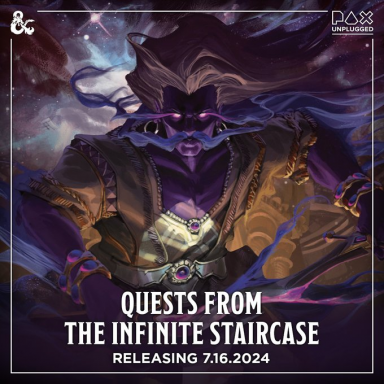Whizbang Dustyboots
Gnometown Hero
TSR looooved a hex crawl that would take a huge amount of time in real life. I blame the wargaming.

I blame... Outdoor Survival!TSR looooved a hex crawl that would take a huge amount of time in real life. I blame the wargaming.
Fun fact: Gygax originally stocked the Dungeon alphabetically, so each room's Monster comes sequentially by starting letter (the Black Dragon substitutes for a Dracolisk).I finally finished reading Lost Caverns of Tsojcanth, and I have to say, much like The Lost City, I'm finding I really dislike that old school style of plonking random monsters in adjacent rooms with little-to-no thought about how they got there or how they live. For instance, how did an adult black dragon get into the greater caverns and what is it doing in that small-for-it cavern? This whole adventure has "monsters sitting in rooms waiting to be killed by the adventurers" written all over it!
Dungeon ecology isn't something I actively think about, but clearly I notice its absence.
Also, I'm sick of all these relatively miniscule locations. I want BIG places with points of interest scattered about. Think 4e's Thunderspire Labyrinth or LotR's Moria.
When I ran Lost Mine of Phandelver back at the beginning of 5e, that's what I did with the eponymous lost mine. I took all the keyed rooms and spread them out with abstract amounts of old mining tunnels in between them.
I think if I were to run Lost Caverns of Tsojcanth, I'd have to do something similar.
Which would in fact be easier to get down there, and wouldn't need food.Fun fact: Gygax originally stocked the Dungeon alphabetically, so each room's Monster comes sequentially by starting letter (the Black Dragon substitutes for a Dracolisk).
[B3 Description] A shriveled humanoid corpse in blue robes and a brass mask lies in the center of this stale-smelling room. The corpse's stiff, wrinkled hand stretches toward a toppled leather pouch just out of reach. Glittering, blue gemstones have spilled from the bag onto the dusty floor.